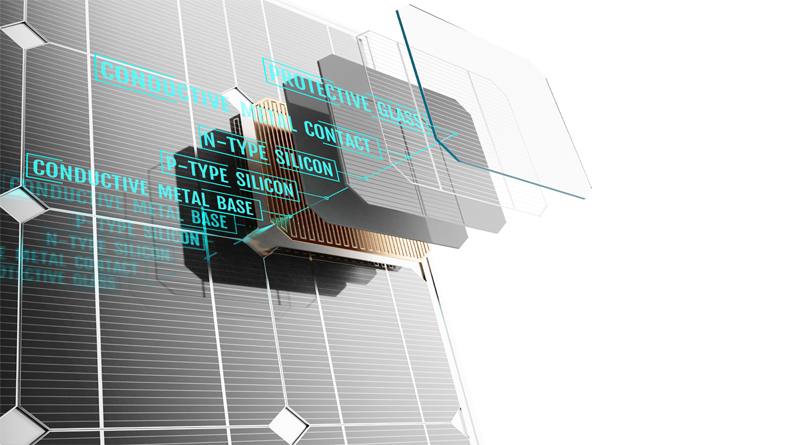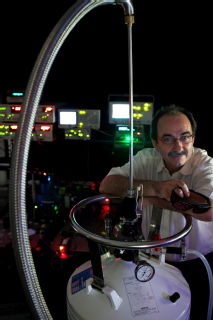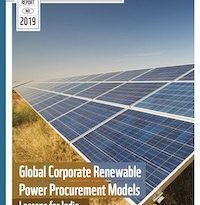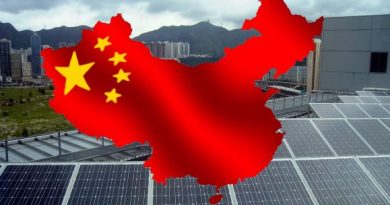A possible new ‘Twist’ to increase solar efficiency

Researchers at the University of Warwick’s department of Physics recently demonstrated their discovery that it’s feasible to harness extra power out of solar cells by deforming the p-type and n-type crystals in photovoltaic semiconductors. Professor Marin Alexe, Ming-Min Yang and Dong Jik Kim published this in their paper titled, “Flexo-photovoltaic Effect”
The solar panels that are commercially available in the market today are made up of two layers, creating a junction at their boundary where the positively charged p-type and the negatively charged n-type semiconductors meet. When the cell absorbs light, the junction splits the photo-excited carriers in opposite directions, thereby generating current and voltage. But, these panels which use the junction phenomena to generate electricity are limited by the Shockley-Queisser limit related with the common junction of a commercially available cell – which stops any more than 33.7 percent of the power in sunlight being transformed into electricity.
According to their research, by forcing the semiconductor crystals into a machine that can be used to physically deform the structure of each individual crystal, called the Nano-indenter, non-symmetrical semiconductors are obtained. By using these deformed semiconductors they exhibit the “bulk photovoltaic effect“, another way to collect charge from a panel. The bulk photovoltaic effect occurs in semiconductors and insulators with the lack of a perfect symmetry around their central point (their non-centrosymmetric structure) allows generation of voltage that can be actually larger than the band gap of the material. Thus yielding a higher percentage of power that can be harnessed by the panel which is greater than the Shockley-Queisser Limit
However, the known materials which exhibit this anomalous (bulk photovoltaic effect) effect have very low power generation efficiencies, which can’t be used practically to commercially manufacture solar panels. Thus, the team worked on semiconductors that are effective in commercial solar cells and using the Nano-indenter squeezed and deformed their individual crystals. All three tested materials of Strontium Titanate (SrTiO3), Titanium Dioxide (TiO2), and Silicon (Si) which are viable and commercially capable solar cell raw materials, were deformed using the indenter and thus exhibited the bulk photovoltaic effect. Combining the two approaches yielded solar cells with improved efficiency, generating more electricity from sunlight.
Professor Marin Alexe from the University of Warwick said:
“Extending the range of materials that can benefit from the bulk photovoltaic effect has several advantages: it is not necessary to form any kind of junction; any semiconductor with better light absorption can be selected for solar cells, and finally, the ultimate thermodynamic limit of the power conversion efficiency, so-called Shockley-Queisser Limit, can be overcome. There are engineering challenges but it should be possible to create solar cells where a field of simple glass based tips (a hundred million per cm2) could be held in tension to sufficiently de-form each semiconductor crystal. If such future engineering could add even a single
percentage point of efficiency it would be of immense commercial value to solar cell manufacturers and power suppliers.”
![]()




